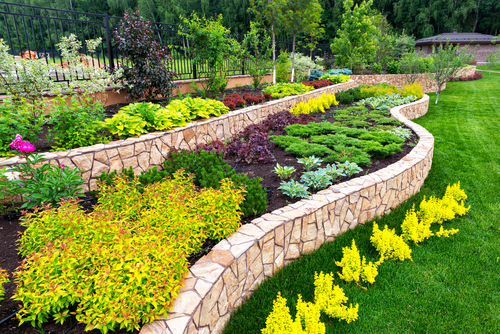Art Touches Everything
Humans live in a world that is almost entirely dictated by aesthetics, meaning that if space isn’t visually appealing, people are less inclined to spend time in that space. This includes outdoor spaces, including the plants and features that are in the area. Having a visual arts degree will help a landscape horticulturalist understand why some plants are more appealing than others; more importantly, they will understand why.
Landscapes and Visual Arts
Landscapes are outdoor spaces that people spend a lot of time in. This can include parks, gardens, or even picnic areas. The one thing that all outdoor spaces have in common is that they all include plants. From trees to flowers, the actual planning of the space is just as important as choosing which plants go where. Most of the time, a landscape horticulturalist will work with a landscape architect to create a plan for space; a visual arts degree is beneficial here because that professional will understand how to create an aesthetically pleasing space that includes plants that they know how to maintain.
Appeal and Practicability
Horticulture is described as the art of garden and plant cultivation. This means that professionals in the landscape horticulture field are the managers and cultivators of the outdoor space that they are working on. Because they focus on plants, they are the ones who choose which plants are visually appealing and are practical in the space they are creating. With a visual arts degree at their disposal, they are in a far better position to understand color theory as well as placement when it comes to creating a beautiful garden. A visual degree will also help them consult with the landscape architect, telling them what additional features would help the plants grow and bloom as well as providing the space with a unique aesthetic.
Project Portfolios
A visual arts degree generally concludes with a project portfolio. This consists of all of the projects that a student has completed during their time in the program. While this may not seem like it would be helpful to a landscape horticulturalist, the truth is that they can use what they’ve learned from their degree and apply it to personal projects. This will create a project portfolio that they can use to win bids on projects or meet new clients.
Gardens and the grounds of residences and businesses are often the first things that a visitor notices; therefore, it is their introduction to the space. Town and Country made this very clear when they wrote an article about a gentleman who decided to build therapeutic gardens that are both aesthetically pleasing as well as calming for visitors. A landscape horticulturalist is integral to the process of ensuring that the outdoor space of any building or a park is imbued with beauty and aesthetically pleasing plants. While a visual arts degree is not required for this profession, those that have earned one will find themselves in a much better position to be pioneers in the field.
Related Resources:
